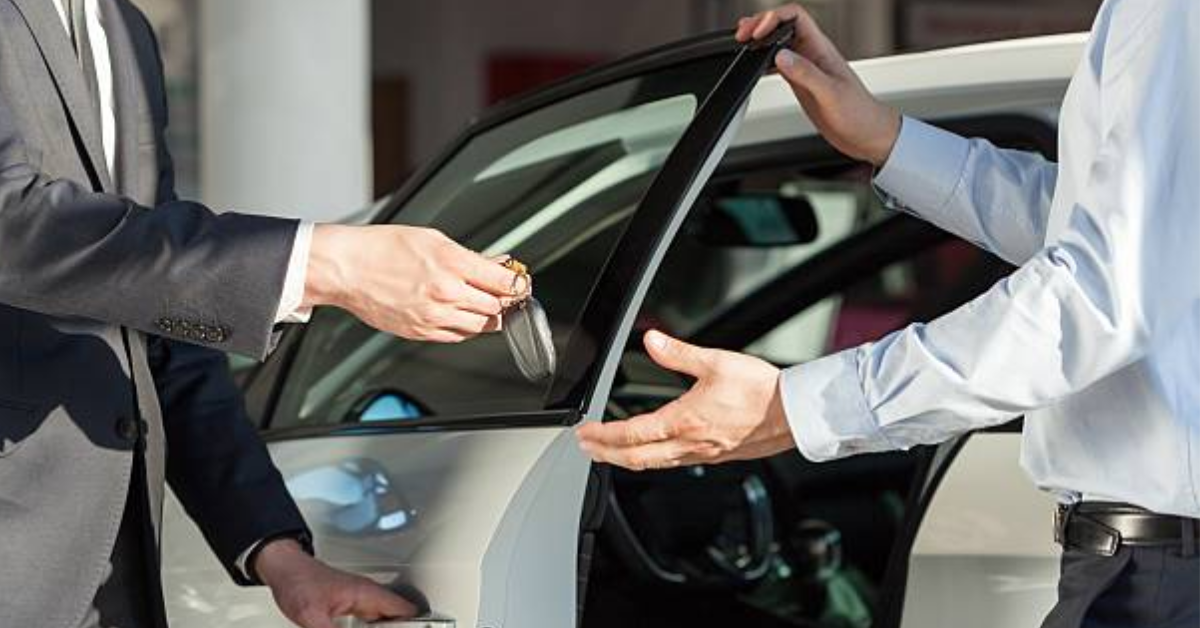How to Sell Your Car in Singapore: A Comprehensive Guide
Sell car in Singapore has evolved significantly over the years. With the advent of online platforms like DirectCars.com.sg, the process has become more streamlined, transparent, and efficient. Whether you’re upgrading to a new model or relocating, understanding the steps involved in selling your car can ensure you get the best value and a hassle-free experience.
1. Understand the Singapore Car Market
Singapore’s car market is unique due to the Certificate of Entitlement (COE) system, which limits the number of vehicles on the road. The COE’s remaining validity plays a crucial role in determining your car’s resale value. Additionally, factors like the car’s age, mileage, condition, and whether it’s under the Preferential Additional Registration Fee (PARF) scheme or the Early Turnover Scheme (COE rebate) can influence its marketability.
2. Choose the Right Selling Method
There are several avenues to sell your car in Singapore:
-
Online Platforms: Websites like DirectCars.com.sg, Carro, and Motorist.sg allow you to list your car, receive offers from dealers, and complete the sale online. These platforms often provide free valuations and handle paperwork, making the process convenient.
-
Car Dealerships: Selling directly to a dealership can be quick, but the offer might be lower than what you’d get through other methods.
-
Consignment: Some companies offer consignment services where they sell the car on your behalf for a fee. This can be beneficial if you prefer not to handle the sale process yourself.
-
Direct Sale: Listing your car on platforms like SGCarmart or Carousell allows you to negotiate directly with buyers. While this might fetch a higher price, it requires more time and effort.
3. Gather Necessary Documents
Before initiating the sale, ensure you have the following documents:
-
Vehicle Log Card: Provides details about the car’s registration and ownership.
-
Service Records: Demonstrates the car’s maintenance history.
-
Outstanding Loan Details: If the car is financed, settle any outstanding loans or inform the buyer about the remaining balance.
-
Identification Documents: Both your NRIC and the buyer’s, if applicable.
-
Road Tax Payment Receipts: Shows that the vehicle’s road tax is up to date.
-
COE Details: Information about the car’s COE, including its expiry date and whether it’s under the PARF or COE rebate scheme.
4. Get a Fair Valuation
Accurate pricing is crucial. Overpricing can deter potential buyers, while underpricing means you might not get the value your car deserves. Online platforms often provide free valuations based on your car’s details. Alternatively, you can consult with dealerships or use valuation tools available on various websites.
5. Prepare Your Car for Sale
First impressions matter. Ensure your car is presentable:
-
Cleaning: Wash both the interior and exterior.
-
Repairs: Address minor issues like dents or scratches.
-
Documentation: Have all necessary documents organized and ready for inspection.
A well-presented car can attract more buyers and potentially fetch a higher price.
6. Transfer of Ownership
Once a buyer is secured:
-
Ownership Transfer: Both parties must complete the ownership transfer process through the Land Transport Authority (LTA).
-
Payment: Ensure payment is received before handing over the car.
-
Deregistration: If applicable, deregister the car and apply for any COE rebates.
It’s advisable to complete the transfer during office hours to facilitate the process.
7. Consider the Timing
The timing of your sale can impact its success:
-
Market Demand: Certain car models or types may be in higher demand during specific periods.
-
COE Trends: Monitor COE prices, as they can influence the resale value of your car.
-
Personal Circumstances: Consider your own situation, such as the need for a new vehicle or relocation plans.
Selling during peak demand periods can lead to quicker sales and potentially higher offers.
8. Finalize the Sale
Once all steps are completed:
-
Handover: Deliver the car to the buyer.
-
Feedback: Provide feedback on the selling platform or dealership, if applicable.
-
Record Keeping: Keep copies of all transaction documents for future reference.
A smooth transaction ensures satisfaction for both parties involved.
Conclusion
Selling your car in Singapore doesn’t have to be a daunting task. By understanding the market, choosing the right selling method, and preparing adequately, you can ensure a successful sale. Platforms like DirectCars.com.sg offer a convenient and efficient way to sell your car, handling much of the process on your behalf. By following the steps outlined above, you can navigate the selling process with confidence and ease.







